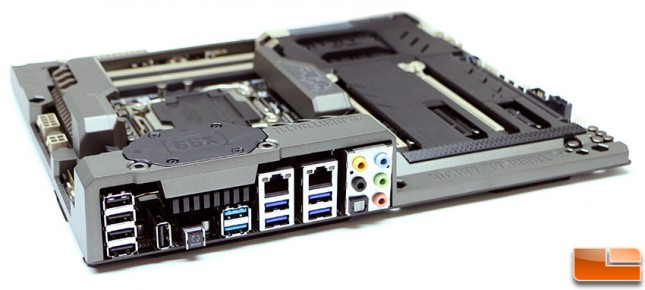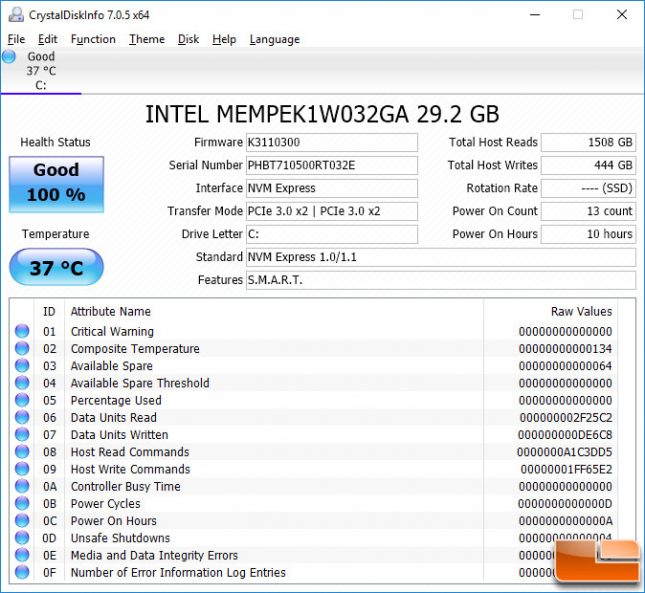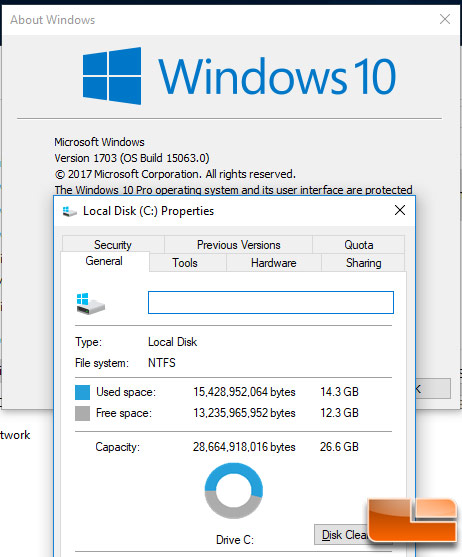Intel Optane Memory Tested As Boot Drive, Secondary and RAID 0
The SSD Benchmark Test System
Before we look at the numbers, lets take a brief look at the test system that was used. All testing was done on a fresh install of Windows 10 Pro 64-bit (Anniversary Update build 14393) and benchmarks were completed on the desktop with no other software programs running. This means windows defender, windows update, disk fragmentation and everything else that would interfere with testing was disabled. Windows 10 also had the power option set to high performance. We also disabled Turbo mode on the Intel Core i7-5960X to ensure our numbers are spot on and repeatable.
The Intel X99 platform that we used to test the storage drives was based around the ASUS X99 Sabertooth motherboard with BIOS 3505 that came out on 03/10/2017. We used Intel RST storage drivers, the exact version was 15.5.0.1051. The Crucial Ballistix DDR4 32GB 2400MHz memory kit was run at 2666MHz with 15-15-15-28 1T memory timings. The Corsair Neutron XT 240GB SSD was used as the primary drive.
Intel X99 Test Bench
| Intel LGA 2011v3 Test Platform | |||||
|---|---|---|---|---|---|
| Component | Brand/Model | Live Pricing | |||
|
Processor |
Core i7 5960X | ||||
|
Motherboard |
ASUS X99 Sabertooth | ||||
|
Memory |
Crucial Ballistix 2400MHz 32GB | ||||
|
OS Drive |
Corsair Neutron XT 240GB | ||||
|
Power Supply |
Corsair AX860i | ||||
|
Operating System |
Windows 10 64-Bit | ||||
CrystalDiskInfo 7.0.5 Readout:
The readout on CrystalDiskInfo 7.0.5 shows that the Intel Optane Memory series supports S.M.A.R.T. and nothing else. The drive we received had firmware version K3110300 installed and that is the version that we used for general testing and benchmarking.
The overall capacity shows up as 27 GB in Windows 10 and if you wanted to install Windows and make this a boot drive you’d use up 14.3GB of space before any drivers, applications or Windows updates are installed. With just 12.3GB of space left after a clean install of Windows 10 Pro version 1703 on this 32GB drive you might not want to make it a boot drive!
Let’s take a look at some common benchmarks!



